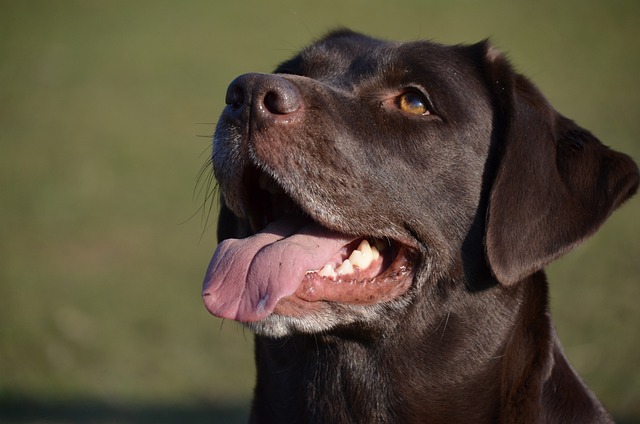
What are 5 common foods to feed dogs if they have an upset stomach
If you’ve ever watched your dog turn away from their food, then spend the next hour pacing and whimpering, you know the panic of an upset stomach.
Dogs thrive on consistency, and a well-structured dog daily routine is more than just a schedule—it’s a cornerstone of their physical and emotional well-being. Predictability reduces anxiety, curbs destructive behaviors, and strengthens the bond between pet and owner. Studies show dogs with regular routines exhibit fewer stress-related behaviors like excessive barking or chewing. Whether it’s meal times, walks, or play sessions, rhythm gives dogs a sense of security, much like children flourish with bedtime stories and set homework hours.
Not all dogs are created equal when it comes to their daily schedule for dogs by breed. A Border Collie’s routine would overwhelm a Bulldog, while a Chihuahua’s needs differ vastly from a Golden Retriever’s. High-energy working breeds like Australian Shepherds demand 90+ minutes of vigorous exercise and mental challenges—think agility drills or puzzle toys—while brachycephalic breeds like Pugs need shorter, cooler walks to avoid respiratory strain. Even feeding frequency varies; deep-chested breeds such as Great Danes benefit from smaller, spaced-out meals to prevent bloat. Recognizing these nuances is key to customized dog care routine planning.
Building a breed-specific dog routine starts with research but hinges on observation. For a Siberian Husky, morning might begin with a 5 AM run (yes, really), followed by frozen Kongs to satisfy their chewing instincts. Contrast that with a Basset Hound’s laid-back agenda: two 20-minute sniff walks and ample nap time between meals. Adjust portions based on activity levels—a Dalmatian on a lazy day shouldn’t get the same kibble amount as when they’re hiking. Training slots also vary; intelligent breeds like Poodles crave daily 15-minute obedience drills, whereas independent Shiba Inus may prefer shorter, reward-heavy sessions.
Consider these snapshots of normal daily activities for dogs across popular U.S. breeds. A Labrador Retriever’s ideal day? Up at 6:30 AM for a swim or fetch session, breakfast at 7:30, a midday puzzle feeder, and an evening social walk—their extroverted nature thrives on interaction. Meanwhile, a senior Bulldog’s routine might involve three 10-minute strolls (avoiding midday heat), slow-feeder bowls to prevent gulping, and orthopedic naps. For apartment-dwelling French Bulldogs, indoor playdates can substitute yard time, with cooling mats provided after short bursts of activity.
Routines aren’t set in stone. A puppy’s feeding schedule shifts as they grow; an arthritic dog may need gentler exercises. Watch for clues: if your once-energetic Beagle starts skipping post-dinner walks, it might signal joint pain requiring vet attention. Seasonal changes matter too—winter may call for indoor enrichment games for small breeds, while summer demands early-morning hikes for heat-sensitive breeds. The golden rule? Stay flexible within the framework. Even service dogs have off days where extra cuddles replace drills. Your dog’s yawns, tail wags, or leash-dragging tell you when the routine needs tweaking.

If you’ve ever watched your dog turn away from their food, then spend the next hour pacing and whimpering, you know the panic of an upset stomach.

If you’ve ever cleaned up diarrhea or watched your dog vomit after meals, only to feel helpless as they refuse their next bowl of food, you know the stress of a sensitive stomach.

If you’ve ever stared at the ingredient list on your dog’s kibble, wondering what “meat by-products” really are, you’re not alone. New dog owners

If you’ve ever noticed your dog suddenly shaking their head like a wet towel, or pawing at their ear until it’s red and sore, you might’ve wondered if they’re just being “naughty.”

Finding worms in your dog’s stool or noticing them scooting uncomfortably across the floor is enough to make any pet owner’s heart sink.

If you’ve ever dreamed of having a dog but hesitated because your eyes water and nose runs around furry pets, you’re not alone.